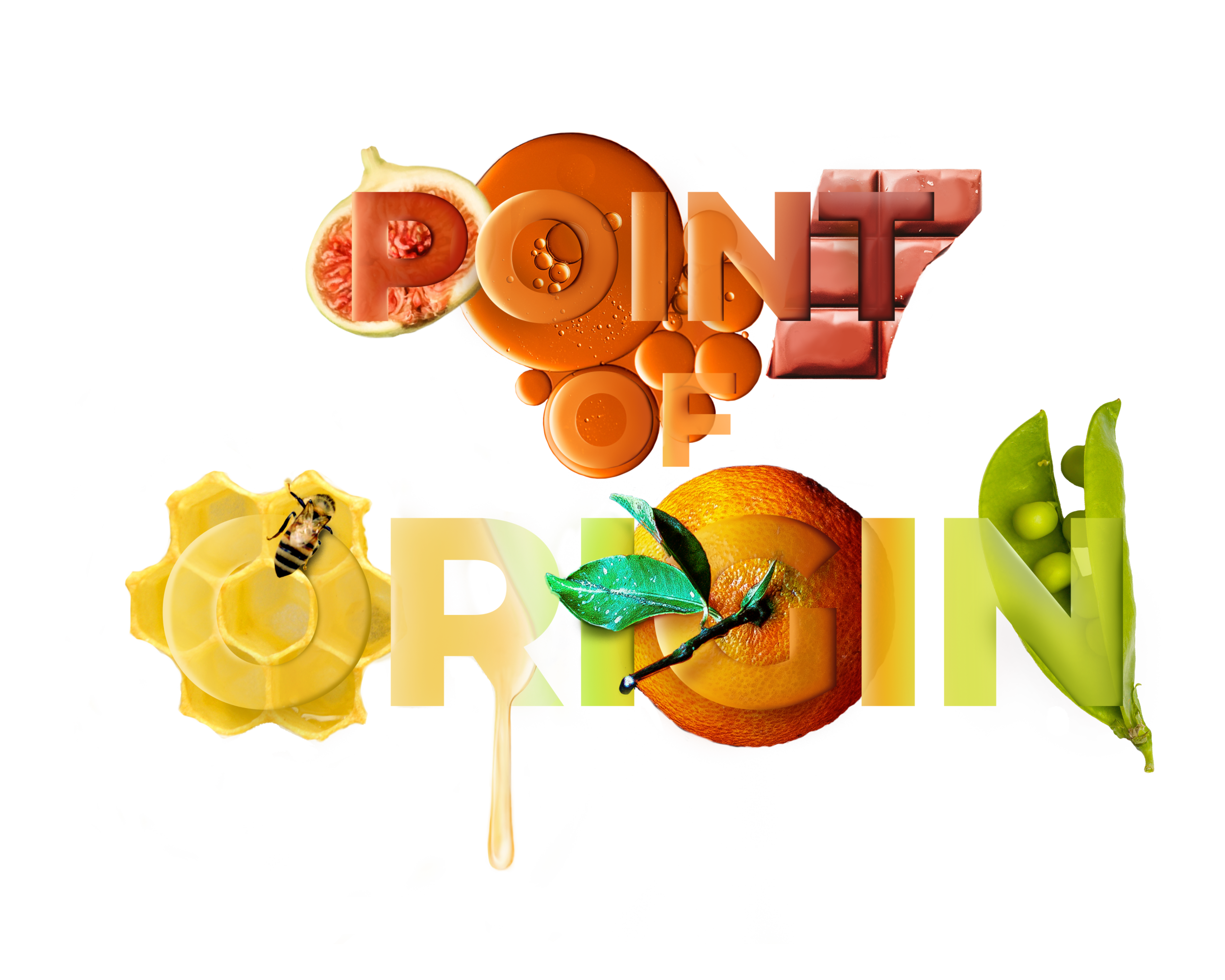Food Sovereignty
Before reading this article, we invite you to brush up on your understanding of some other foundational concepts in our posts on Food Systems, Food Supply Chains (1, 2, 3), and Food Security.
In our current global food system, the prioritization of international trade in the food industry has increased our reliance on agricultural imports and led to the boom of industrial agriculture. Low-priced imports push small-scale, traditional farmers out of their local markets, making room for corporate monopolies and vast monocultures. The commoditization of food places profits above sustainability and respect for our planet.
Over 800 million people around the world go hungry everyday under this system. That’s almost 10% of our global population and growing.
The food security movement was born out of the belief that all people should have access to sufficient, nutritious, and affordable food. However, it doesn’t offer a framework for how to get there or delegate who gets the decision-making power. In this sense, there’s a certain level of humanity that is absent from the current food security framework. It leaves open the possibility that the power over our food systems remains in the hands of corporations. This is the gap that the food sovereignty movement aims to bridge.
What is Food Sovereignty?
“Food sovereignty is the right of peoples to healthy and culturally appropriate food produced through ecologically sound and sustainable methods, as well as their right to define their own food and agriculture systems. It puts the aspirations and needs of those who produce, distribute and consume food at the heart of food systems and policies rather than the demands of markets and corporations.”
The concept of food sovereignty was first introduced at the World Food Summit in 1996 by La Via Campesina, an international movement which coordinates peasant organizations of small and middle-scale producers, agricultural workers, rural women and indigenous communities from Asia, Africa, America, & Europe.
The food sovereignty movement is a response to the design of our global food system– a top-down model that places power in the hands of corporations and institutions, fuels industrial agriculture, and breeds monocultures and overproduction. The food sovereignty movement is based on seven pillars (source 1, source 2):
Focuses on Food for People: Policies are centered on people’s need for food and food as a human right (rather than on food as a commodity for international agribusiness) and recognize the importance of food that is healthy and culturally significant for all communities (rather than simply increasing access to food).
Values Food Providers: The people who work across the food supply chain are valued, supported, and earn sustainable livelihoods for their work.
Localizes Food Systems: Local food production is prioritized over exports, and local producers are protected from low-priced imports.
Puts Control Locally: Local producers have increased governance over land, seeds, water, etc.; natural resources cannot be privatized.
Builds Knowledge and Skills: Progress is centered on and builds off of traditional food knowledge and uses research to share this knowledge with future generations while rejecting technologies that threaten local food systems.
Works with Nature: Contributions of ecosystems are optimized, with a focus on improving climate resilience and adaptation; any approaches that damage the environments or contribute to global warming are rejected.
Food is Sacred: Food is a gift of life that cannot be squandered or commodified.
“Food sovereignty more fully embodies the right to food because it adds a human dimension to food security, acknowledging that one should have a say in their relationship with food. This renders the movement more inclusive of other rights, too, as they prioritize the right to cultural life, rights of women (who are disproportionately affected by the oppression of farm workers), indigenous practices, and environmental rights. Ultimately, food sovereignty does not diminish food security, but adds it as one factor to achieving a just and sustainable world.”
Food Sovereignty Movements
“The first space in which peasants identified the transformative power of food sovereignty was, of course, the local space. This is where the farmers have their roots, and where the seeds that they sow grow their roots. It is here where food sovereignty acquires its most central dimension. It is also at this level that strategies and actions are formulated and developed; from the fight against pesticides by the women in Paraguay, to the seed networks in France, Spain and Italy and from the peasant cooperatives ‘ initiatives in Uganda, to the rescuing of traditional medicine by the indigenous peoples of Chiapas.”
A Growing Culture
A Growing Culture is an organization that strives to create a sustainable food system inclusive of farmers and healthy for the environment by advancing a culture of farmer autonomy and agroecological innovation. It’s work is centered around the principles of food sovereignty.
Alliance for Food Sovereignty in Africa
The Alliance for Food Sovereignty in Africa (AFSA) is a broad alliance of different civil society actors that are part of the struggle for food sovereignty and agroecology in Africa. It works to influence policies and to promote African solutions for food sovereignty.
La Via Campesina
La Via Campesina is the organization that launched the food sovereignty movement. It is an international farmers organization built on a strong sense of unity and solidarity between small and medium-scale agricultural producers from the North and South. The main goal of the movement is to realize food sovereignty and stop the destructive neoliberal process.
Native American Food Sovereignty Alliance
NAFSA is a non-profit organization focused on advocating for and supporting all levels of food security and food sovereignty in local, tribal, regional, national and international arenas.
“28 Organizations Promoting Indigenous Food Sovereignty” by FoodTank
“...through seed saving initiatives, financial support, mentorship, and community feeding programs, many organizations are working to protect Indigenous food sovereignty—the ability to grow, eat, and share food according to their own traditions and values.”
Sources & Further Reading
https://www.agrowingculture.org/
https://www.agrowingculture.org/library/
https://civileats.com/2020/04/02/the-moment-for-food-sovereignty-is-now/
https://foodfirst.org/publication/opening-the-door-to-food-sovereignty-in-ecuador/
https://foodfirst.org/wp-content/uploads/2013/12/BK16_4-2010-Winter_Food_Movements_bckgrndr-.pdf
https://foodsecurecanada.org/who-we-are/what-food-sovereignty
https://grain.org/article/entries/491-food-sovereignty-turning-the-global-food-system-upside-down
https://wp.nyu.edu/gallatin_human_rights_fellows/2018/09/26/food-security-vs-food-sovereignty/
https://www.tandfonline.com/doi/abs/10.1080/14747731.2011.544203



